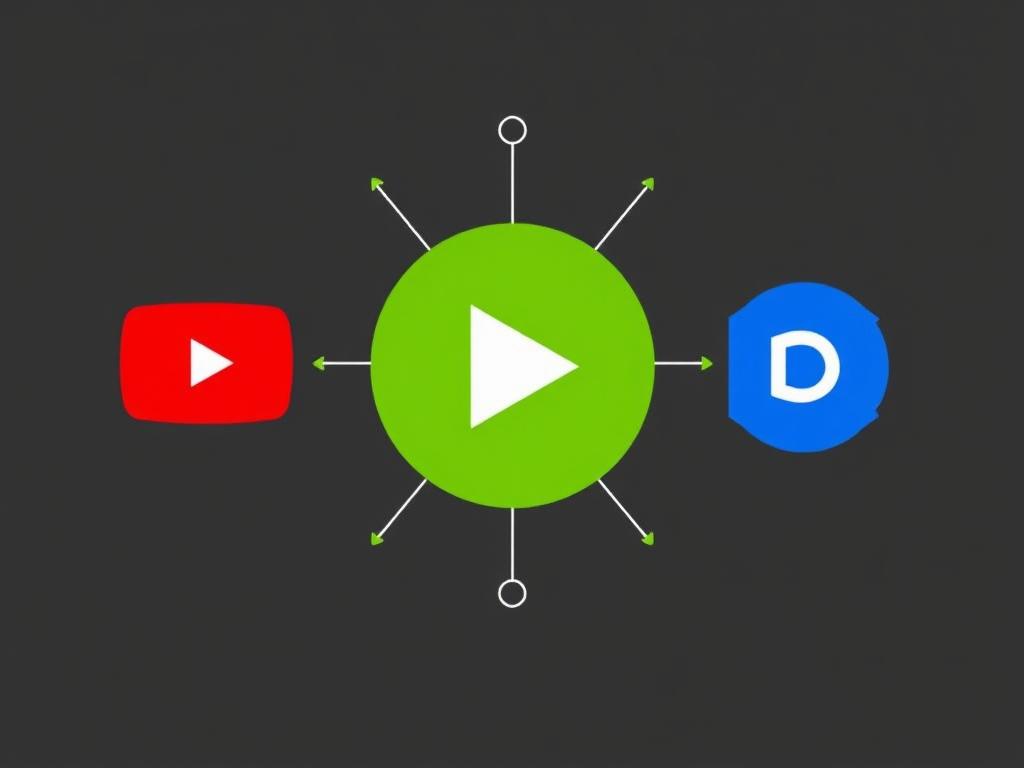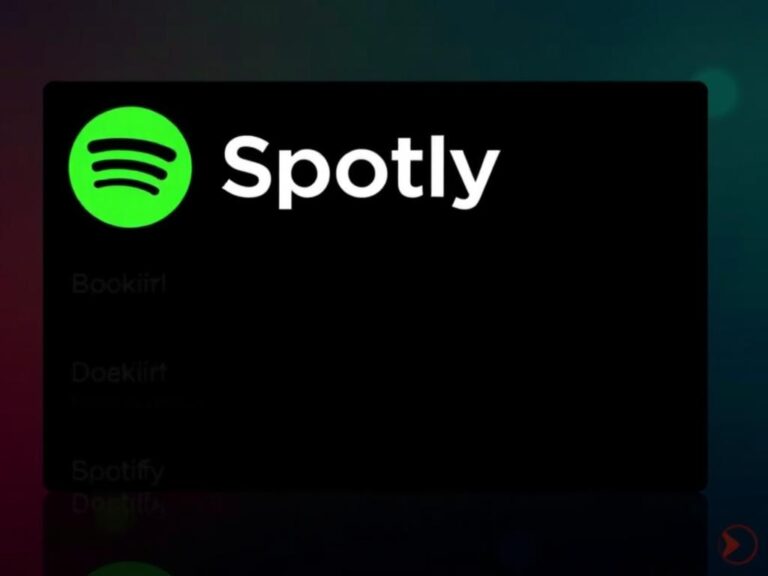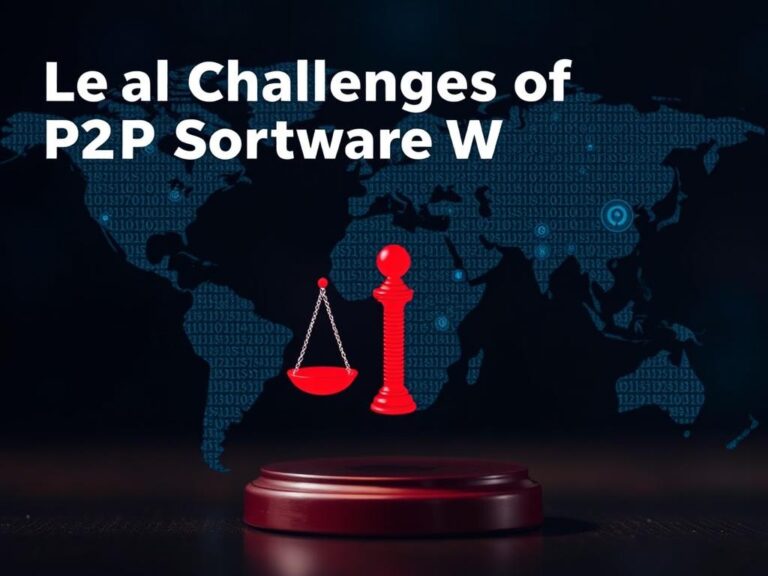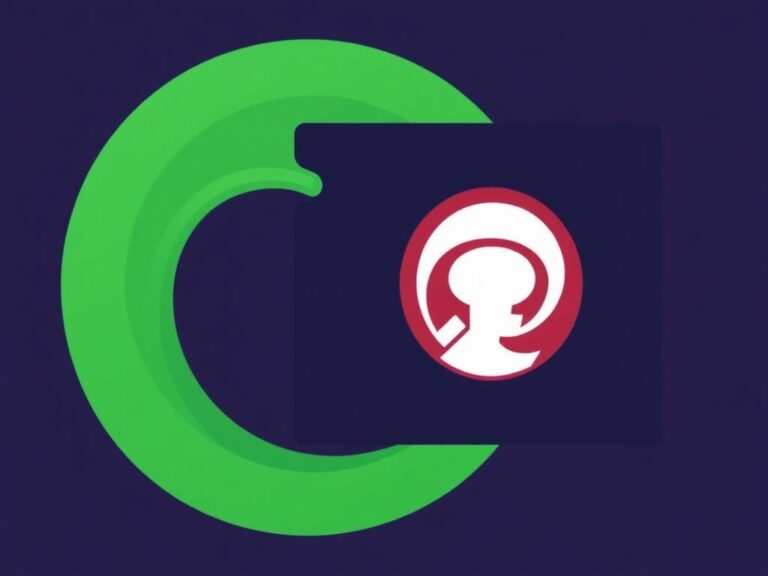Decentralized Alternatives to YouTube: Exploring LBRY and DTube for a New Era of Content Sharing
In today’s digital landscape, YouTube stands tall as the ultimate video-sharing platform, enjoying billions of users worldwide. Yet, beneath its glossy, familiar interface lies a growing concern about centralization. Large corporations control content moderation, ad revenue flow, and platform policies, often sparking debates around censorship, privacy, and creator autonomy. This has led many creators and viewers to look for decentralized alternatives to YouTube—platforms that promise greater freedom, control, and transparency. Two such innovative platforms making waves are LBRY and DTube. These decentralized alternatives to YouTube offer fresh models for content sharing where power is distributed rather than concentrated in the hands of a few.
What Does Decentralization Mean for Video Sharing?

Before diving into LBRY and DTube, it’s essential to understand what “decentralized” means in the context of video platforms. Unlike traditional platforms like YouTube, where data and control rest with a single company, decentralized platforms operate on peer-to-peer (P2P) networks or blockchain technology. This means the videos aren’t stored on centralized servers; instead, content is distributed among numerous nodes. This architecture makes the platform more resistant to censorship, increases transparency, and often gives creators a fairer share of the earnings.
Decentralization also means users enjoy better privacy controls as there’s no central authority continuously gathering and monetizing personal data. Moreover, it can empower creators who feel restricted by YouTube’s opaque algorithm and content policies. Instead, they can share freely and potentially earn through different monetization avenues built into the decentralized system.
Introducing LBRY: A Blockchain-Powered Content Ecosystem
LBRY is one of the pioneering decentralized alternatives to YouTube, developed to create a transparent, user-driven digital marketplace. Powered by blockchain technology, LBRY offers a unique blend of video sharing, digital content marketplace, and cryptocurrency.
Unlike YouTube’s traditional model—where creators rely heavily on ad revenue and navigating complex algorithmic visibility—LBRY gives creators direct control over their content, pricing, and distribution. Anyone can upload videos, and viewers can access content free or pay small amounts in LBRY Credits (LBC), the platform’s native cryptocurrency.
Key Features of LBRY
- Decentralized Hosting: Videos are stored across a network of computers, reducing reliance on any single server.
- Content Ownership: Creators truly own their content without risk of arbitrary takedowns.
- Monetization with LBC: The platform’s cryptocurrency enables microtransactions and tipping.
- Search and Discovery: LBRY offers its own search engine for discovering content without algorithmic bias.
By removing middlemen, LBRY focuses on rewarding creativity directly. Creators can set prices, bundle content, or use pay-per-view options, which opens up new revenue streams outside traditional advertising.
Exploring DTube: The Decentralized YouTube Alternative on IPFS

DTube builds on the decentralized concept but uses the InterPlanetary File System (IPFS) combined with blockchain for a censorship-resistant video platform. It brands itself as a “YouTube alternative without ads, no censorship, and no central authority,” appealing especially to those frustrated with YouTube’s strict content policies.
DTube stores video files on IPFS, a distributed file system designed to make the web faster, safer, and more open. This means no single company controls the data, reducing censorship risks and making it more difficult to remove content arbitrarily.
What Makes DTube Stand Out?
- Ad-Free Experience: DTube doesn’t rely on intrusive ads, offering a cleaner viewing experience.
- Earning via Cryptocurrency: Content creators can earn rewards in STEEM or DTube tokens through community curation and upvotes.
- Community Governance: Users influence what content is valued via blockchain-based voting systems.
- Privacy Focus: No tracking or data mining ensures user privacy.
Because of this structure, DTube fosters a community where content quality and engagement influence visibility and rewards rather than opaque algorithms controlled by corporate interests.
Side by Side Comparison: LBRY vs DTube
To better understand how these decentralized alternatives to YouTube stack up, here’s a quick comparison table highlighting some of their key aspects:
| Feature | LBRY | DTube |
|---|---|---|
| Technology Base | Blockchain + Peer-to-peer | IPFS + Blockchain |
| Content Hosting | Decentralized nodes | Distributed IPFS network |
| Monetization Tokens | LBRY Credits (LBC) | STEEM and DTube tokens |
| Ads | No traditional ads, tipping & pay-per-view | Ad-free, rewards from community upvotes |
| Content Control | Creator owned, more control over pricing | Community governed |
| Interface | User-friendly app & browser interface | Web-based with social media features |
Both platforms prioritize creator autonomy and privacy but have different approaches to governance, community interaction, and monetization.
Why Consider Decentralized Alternatives to YouTube?
The questions many creators and viewers ask today revolve around freedom and fairness. YouTube, despite becoming a household name, has been criticized for demonetization, shadow banning, and shadowy content policies that impact who gets seen and who doesn’t. For creators, especially smaller or more controversial voices, a decentralized platform can feel like a lifeline.
Additionally, data privacy concerns loom large in a world where centralized giants collect vast amounts of personal data. By turning to decentralized systems, users protect themselves from pervasive tracking and data mining.
Here’s why many are making the switch or at least exploring decentralized alternatives to YouTube:
- More Control: Creators retain ownership and monetization control.
- No Censorship: Reduced risk of content takedown due to arbitrary rules.
- Community-Driven: Users help determine content value rather than opaque algorithms.
- Privacy and Security: Decentralized platforms reduce data exploitation risks.
- Innovation: Blockchain-based rewards and new economic models for creators.
While these platforms are still evolving and face challenges like scalability, user experience, and mainstream adoption, they represent exciting shifts toward democratizing the internet.
Challenges Facing LBRY and DTube
It’s important to be realistic. Decentralized alternatives to YouTube like LBRY and DTube aren’t perfect solutions. They face hurdles such as:
- User Adoption: Convincing millions to switch or use multiple platforms can be tough.
- Interface and Usability: Some users find these platforms less polished compared to YouTube’s sleek UI.
- Content Moderation: Decentralization complicates controlling illegal or harmful content.
- Bandwidth and Storage: Distributed hosting demands more from user devices and networks.
- Monetization Volatility: Cryptocurrency earnings can fluctuate wildly, creating financial unpredictability.
Despite these challenges, continued development and growing user interest could see these platforms evolve into more viable competitors, especially for those valuing privacy, freedom, and creator-first economics.
Conclusion
Exploring decentralized alternatives to YouTube like LBRY and DTube reveals a fascinating shift in how we might share and consume video content in the future. These platforms challenge the traditional, centralized model by offering users more control, privacy, and fairer monetization options through blockchain and P2P technology. While they still face challenges around user experience and adoption, their growth signals a powerful desire for an internet where creators and communities hold the reins, not corporate giants. Whether you’re a content creator tired of YouTube’s restrictions or a viewer interested in censorship-resistant platforms, LBRY and DTube deserve attention as pioneering steps toward a freer, more decentralized digital world.






